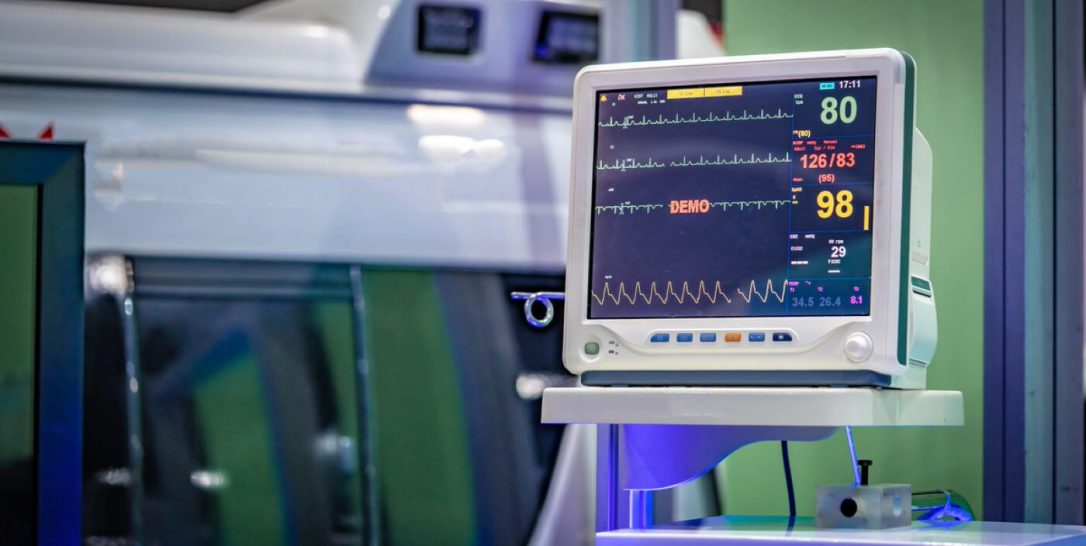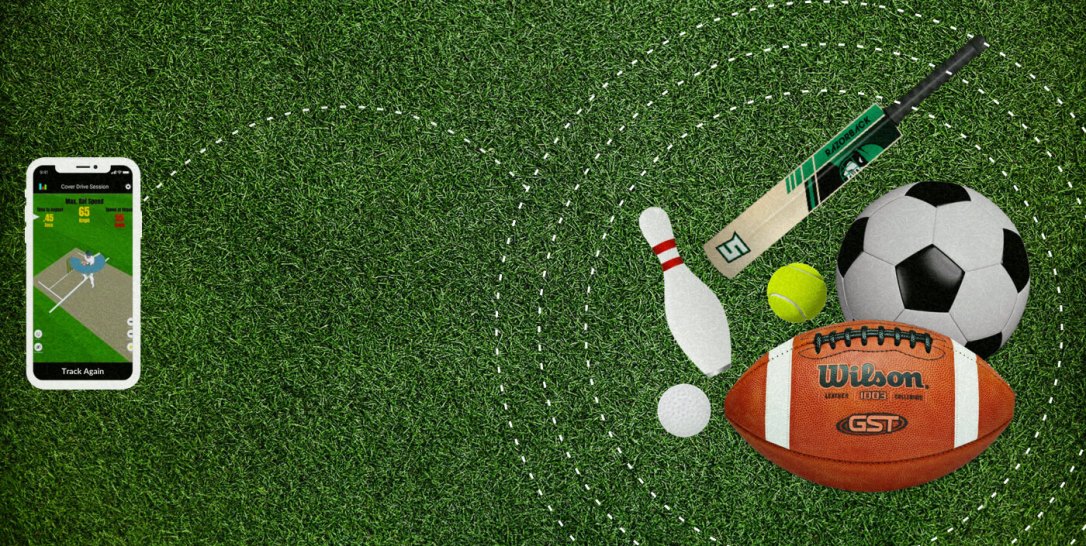According to the Centers for Disease Control and Prevention, the leading cause of death among men and women is heart disease, accounting for 630,000 deaths in the United States alone each year. Unfortunately, this isn’t unique to the United States, with heart disease killing more than 1,500,000 Chinese each year, according to the International Conference on Knowledge-Based and Intelligent Information and Engineering Systems.

One of the main reasons why so many individuals die from heart attacks is because there is a short window of time between when the symptoms begin and when the individual can make it to a hospital. Since symptoms vary from one individual to the next, many are unaware of the early warning signs and delay seeking medical attention. In the few hours that are critical after a heart attack, if the individual cannot receive medical attention, the dying heart muscle will be permanently damaged due to a lack of oxygen
To overcome these delays, engineers are working on developing an IoT enabled heart attack detection system and heart rate monitor that will help alert individuals to seek out medical attention before an attack. The device is wearable and will continuously monitor the individual’s electrocardiogram (electrical activity of the heart) and notify them if there are elevated levels that would lead to myocardial infarction. The device will tell the user the exact location of the event, and it will be connected to the cloud to alert others via Wi-Fi.
How Does the Proposed IoT Solution Work?
The proposed system will be able to detect a heart attack by observing the user’s heart rate through an Internet of Things architecture.
The general architecture of most IoT solutions can be divided into three primary layers; the sensing layer, the transport layer, and the application layer. The sensing layer is what allows the patient’s vitals to be read, while the transport layer provides data transmission through transit points, and the application layer is installed at the end of the device. In this particular IoT solution, a pulse sensor, Arduino board, and Wi-Fi module are being used to create the system. The system’s architecture works as follows.
- Once the system is in place and set up, the individual can set up a start point. This allows the individual to monitor their heartbeat and compare it to the set point. Once these limits are set, the system will monitor the heart rate of the individual continuously.
- The pulse sensor is connected to an Arduino Uno microcontroller board, which has 14 digital input and output pins on it, 6 of which can be used to monitor PWM outputs.
- The RX and TX pins on the board are used for communication between the Arduino board and the Wi-Fi module, LCD screen, and heart rate application. The Arduino microcontroller board has an operating voltage of 5-volts and uses 32KB of flash memory for code storage.
- The pulse sensor being used is a “plug and play” heart rate sensor, which allows the individual to simply place their finger on it to take a reading. The sensor picks up the movement of blood through the finger and gives a numerical output of the heartbeat.
- Once the pulse sensor crosses the set limit, the system will send out an alert about the heart rate to the individual. The system also allows you to set it to alert for low heartbeats.
What does Architecture Look Like?
At the beginning of the system, you have the pulse sensor which detects the heartbeat signal. The heartbeat signal is attached to the Arduino Uno microcontroller board. The Arduino Uno board is connected to the Wi-Fi module and the LCD screen. The Wi-Fi module is connected to the heart rate application, allowing for the data to be transported over the internet to individuals like caregivers and doctors.
How Are These IoT Solutions Being Used in HealthTech?
The heart attack detection and heart rate monitor aren’t the only use case of how IoT solutions are vital in our healthcare system. There are other applications of similar IoT enabled devices that can monitor heart disease, help the recovery process after a stroke, and even help heart condition patients live a normal life with IoT enabled pacemakers.
Heart Disease Monitoring:
Doctors can now keep track of a patient’s condition without needing them to come into the office as IoT solutions have been developed to measure blood sugar levels, cholesterol levels, and blood pressure levels. This information can be received in real-time through a heart disease monitoring device that transmits the data through the internet.
Stroke Recovery:
Wearable sensors have been developed to monitor an individual’s rehabilitation process. In previous iterations, patients would be bed-ridden and monitored with dozens of wires for the time that recovery was required. Now, the data can be systematized through a flexible and wearable sensor application that can be set to notify when goals are met, track recovery progress metrics and create alerts about key recovery indicators.
IoT Pacemakers:
A pacemaker is a small device that is placed in one’s chest to help control your heartbeat. It is used to help your heartbeat at regular intervals if you have an irregular heartbeat. An IoT enabled pacemaker could provide breakthrough information about a patient’s exact condition as real-time results can be transmitted to doctors and caregivers.
You can read also – “Medcheck” – An IoT based Healthcare Diagnostic Solution
What Are the Benefits of IoT in Healthcare?
- Real-time monitoring can save lives during a medical emergency like heart failure, asthma attacks, and diabetic episodes (remote medical assistance).
- IoT devices can be continuously connected and are an affordable solution for those who want to cut down on unnecessary doctor visits.
- IoT devices can be used for research purposes since they collect a massive amount of data about an individual. This can speed up the rate at which cures, and better treatments can be found.
While there have been numerous heart attack detection methods introduced into our healthcare systems, most are time-consuming to create and expensive to manufacture. A proposed technique using an Arduino Uno microcontroller board is a more modern take that can be easy to manufacture and deploy.
If you are looking to get a free quote from one the best IoT app development company in Canada, then please get in touch with us for any IoT Healthcare Solutions.











